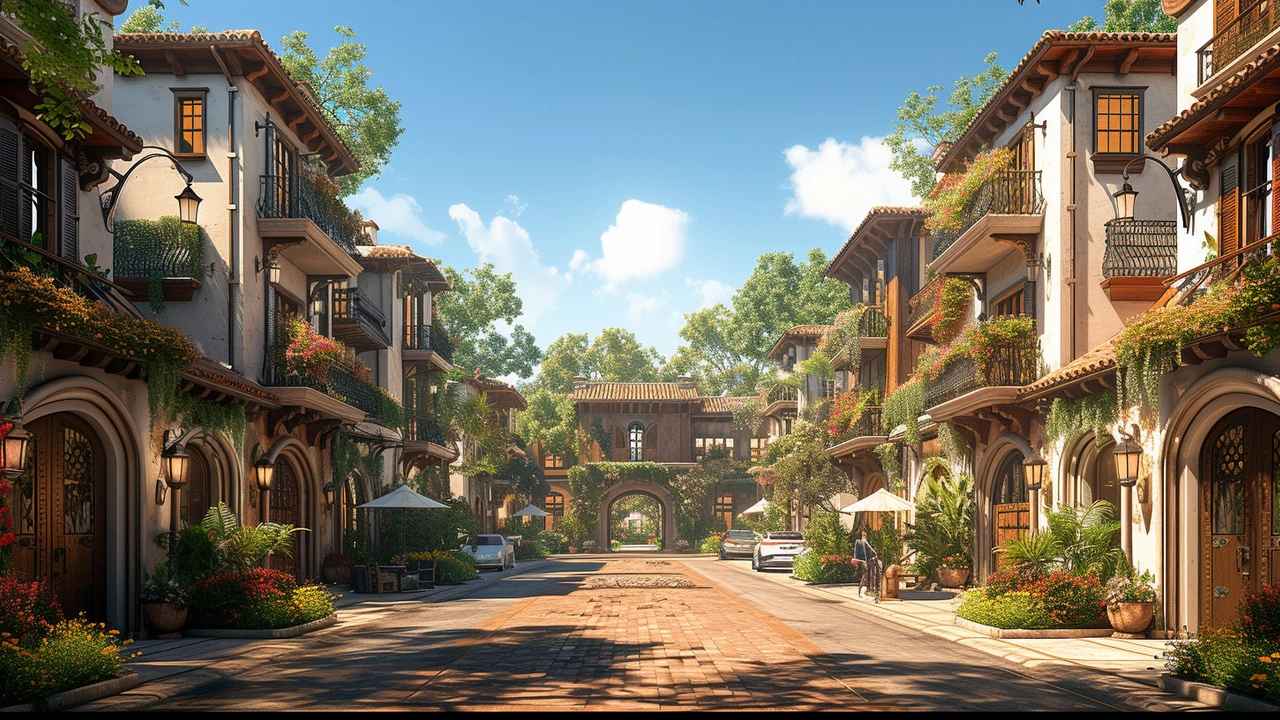Hi there! Today, we're diving into the world of Mediterranean Revival Architecture, a historical architectural renaissance that still has a significant impact today. We'll investigate its unique features, roots, and influence on modern design. This journey will cover various captivating aspects such as the style's popularity in the 1920s and 1930s and its revival in contemporary architecture. So, buckle up for a trip back in time, exploring the architectural prowess of the Mediterranean Renaissance.
Architectural Renaissance: How Classic Ideas Shape Today's Cities
One building from the 1400s still teaches architects how to handle light, weight, and proportion. That’s the power of the Architectural Renaissance: old rules that keep solving new problems. This tag collects short, useful reads on Renaissance-era design and the many revival styles that borrowed its ideas.
Spotting the Renaissance
Want to recognize Renaissance influence while walking around your city? Look for balance and clear math. Buildings favor symmetry, repeated window rows, and centered entries. Domes and rounded arches show a Roman debt—think Florence’s Duomo or Brunelleschi’s breakthrough dome. Columns and pilasters use classical orders (Doric, Ionic, Corinthian) as visual grammar. Decorative friezes, pediments above doors or windows, and careful proportion between height and width are other giveaways.
Renaissance ideas didn’t stop in Italy. Architects later mixed them into revival styles: Renaissance Revival, Beaux-Arts, and even Greek Revival borrow the same classical language. In cities, Beaux-Arts added grand staircases, sculpted facades, and formal boulevards. Greek Revival emphasized clean columns and simple temple fronts—popular for courthouses and civic buildings.
Why it still matters
Classical rules help buildings feel stable and human-scaled. Modern architects use the same tools—symmetry, rhythm, and clear entries—when they want a sense of permanence or civic dignity. Even high-tech and neo-futurist designs borrow proportion and sightlines to make bold forms feel ordered. Knowing the basics makes it easier to read a building’s intent: is it civic, domestic, religious, or commercial?
If you care about renovation or preservation, start simple. Match original materials when you can, keep window proportions, and preserve cornices and moldings that anchor the facade. Small mismatches—wrong mortar color, new windows with different divisions—break the balance and make a building look “off.” Local archives often hold original plans or photos that guide accurate repairs.
Looking for quick examples on this site? Read posts on Renaissance architecture for the era’s roots, then jump to Beaux-Arts and Renaissance Revival pieces to see the later styles in cities worldwide. There are also articles on Greek Revival, colonial adaptations, and how ancient Roman techniques kept influencing builders for centuries.
Want a fast checklist for spotting or restoring Renaissance-influenced work? Note symmetry, classical columns, rounded arches, domes, cornices, and balanced window groups. For restoration, preserve proportions, match materials, and consult historic photos.
Buildings carry stories. The Architectural Renaissance tag helps you read those stories—fast, practical, and useful whether you’re a curious walker, a homeowner, or a design student. Explore the posts to see examples, how-to tips, and the small details that change how a building feels on the street.

